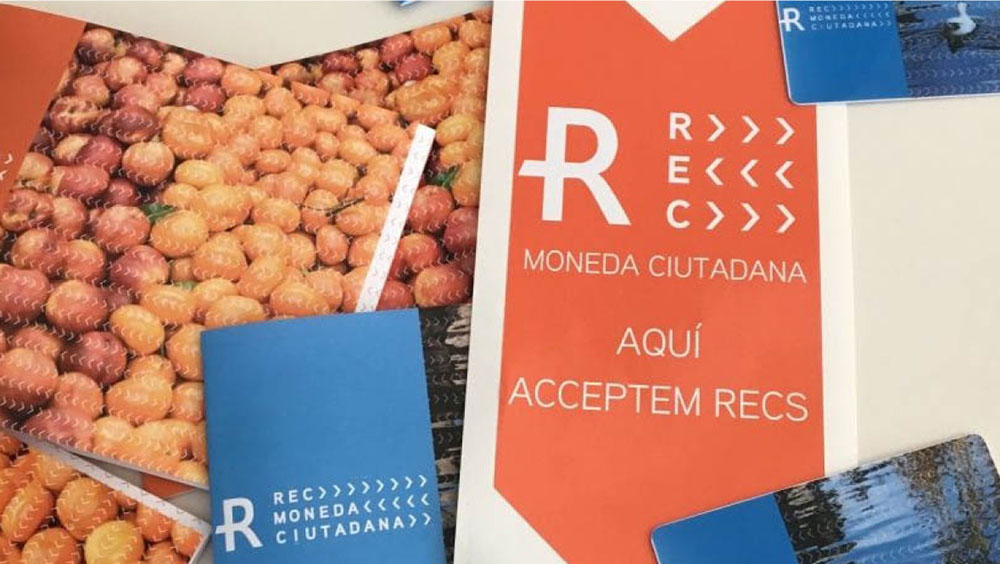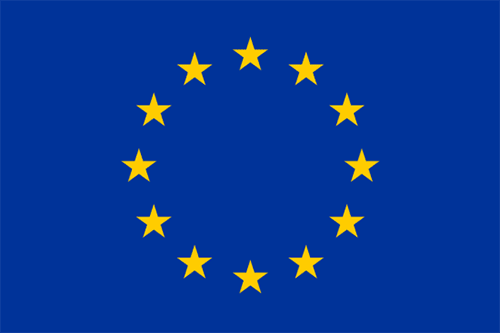Digital goods require new types of incentives
For over half a century, economists have made a distinction between rival goods, which lose value when consumed, and non-rival goods, which may be used repeatedly without losing value. Moreover, it has turned out in the last two decades that many information and digital goods are in fact anti-rival in nature, meaning that they are characterized by abundance. Unlike rival or non-rival goods, anti-rival goods become more valuable the more they are being used.
This increase in value is due to network effects, which attract an ever-increasing number of users to online platforms, such as LinkedIn or Fortnite. The more users populate these platforms, the better the experience for the individual user. The cost of onboarding an additional user is close to zero. Looking beyond social online platforms, the same can be said for coronavirus tracking apps, industrial data markets, or neural networks, which get better the more they are being used and fed with information.

The solution provided by mainstream economics has been to trade these abundant goods with traditional currencies, which are finite mediums of exchange, and to support their owners’ intellectual property rights (IPR) with technical and legal mechanisms, such as digital rights management (DRM). These were initially meant to incentivize the creation of digital and other intangible goods. However, the existing mechanisms create artificial scarcity and thereby fail to efficiently support the distribution of goods which by their nature benefit from sharing.







